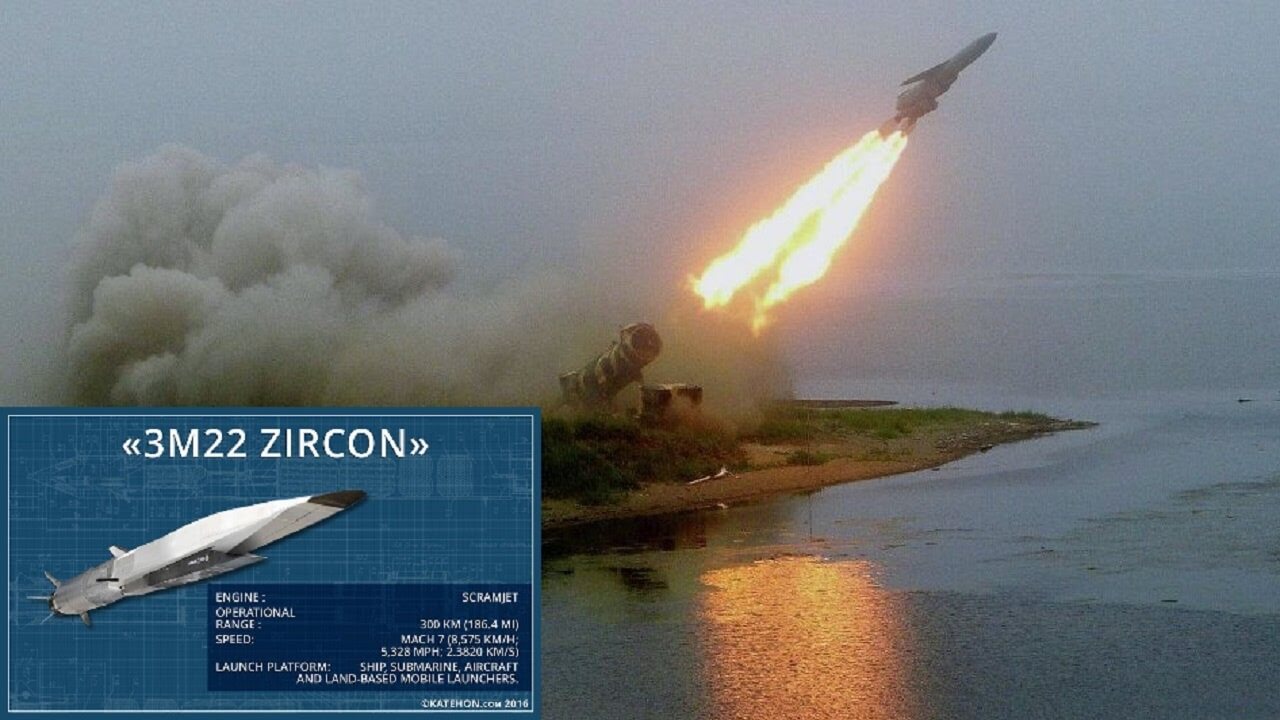The New York Times (NYT), on November 18, 2022, confirmed an earlier assessment by the EurAsian Times that Ukraine had erred in its assessment of Russia’s ability to continue its Special Military Operation (SMO) based on the stock of cruise missiles available to Russian forces.
In mid-October, Ukraine’s General Staff had estimated that the Russian inventory of cruise and ballistic missiles was critically low. The estimates were based on the initial stock at the start of the war.
The General Staff estimated that on February 24, 2022, Russia had 900 Iskander-M missiles, 500 Calibre missiles, and 440 KH-101 missiles.
Following eight months of operations, the stocks were estimated to have been reduced to 123 Iskanders, 272 Calibre, and 213 KH-101.
According to various sources, Russia used around 90 cruise missiles and kamikaze drones on November 15, 2022, to attack infrastructure targets and command and communication hubs in Ukraine. More cruise missiles and drones were used in follow-up attacks.
Not just Ukraine, even US intelligence had grossly erred in its estimates when shortly after the start of the SMO, it had claimed that Russia would run out of Calibre missiles by March 20, 2022.
Besides underestimating initial stocks, Western officials also erred in their assessment of Russia’s ability to continue production consequent to what they felt were crippling Western sanctions.
In October 2022, US Treasury Deputy Secretary Wally Adeyemo stated that US Sanctions are “hobbling the Russian defense industry’s ability to produce weapons, as well as replace those that have been destroyed in the war.
“Russia is running out of microelectronics critical to its military-industrial complex, and Russian officials are concerned that they don’t have enough foreign components. Two of Russia’s largest domestic microelectronics manufacturers have temporarily halted production due to a lack of critical, foreign technologies.”
In our analysis posted earlier, we pointed out that weapon stock levels are classified as top secret in any nation, and only a few select leaders of that nation are privy to the stock levels.
We also pointed out that in the long run, it would be possible for Russia to replace Western microelectronic components with bulkier but equally capable Russian electronic components based on less advanced microelectronics.
The switch to Russian electronic components would take months, but eventually, production would pick up again to a level desired to sustain the Russian campaign.
Russian SMO in Ukraine may have started on February 24, 2022, but Russia likely sensed the inevitability of the campaign shortly after the US-orchestrated Maidan coup in 2014, which overthrew the legitimately elected pro-Russian government in Ukraine.
It’s likely that Russia had been building up its long-range PGM stocks for many years before the start of the SMO.

Also, for several years now, the Russian arms industry has been conforming to a Presidential decree that prohibits the use of foreign components in Russian weapons. Therefore, it’s likely that the Western assessment of the impact of its sanctions on microelectronics export was largely wishful thinking.
The NYT article quotes Mark Kansian, senior adviser at the Centre for strategic and international studies, as admitting that “few officials in the West have accurate information about the stockpiles in the Russian military arsenal.“
According to the NYT, Russia’s continued ability to launch large-scale missile attacks could have several explanations.
-
Russia is acquiring missiles and drones from Iran and North Korea.
-
Estimates of Russia’s initial stockpiles were off the mark.
-
Russia is able to produce a large number of missiles by mobilizing defense enterprises and putting them into continuous operation.
-
Russia is using its air defense (AD) missiles in surface-to-surface attack mode.
At the EurAsian Times, we are skeptical about the first explanation. There is no evidence that Russia has used North Korean missiles or drones. However, we think that the remaining three explanations are on the mark.
The West has not been able to present any clinching evidence that Iranian drones are being used by Russia in its SMO. If Iran was indeed supplying drones to Russia, it would be easy for the US to attack drone storage and transportation facilities in Iran.
It’s likely that Iran transferred to Russia the technology and the manufacturing equipment for the production of the drones, which would imply that drones will continue to be available to Russia, irrespective of any measures that the US could take against Iran.
Russia has prepared itself for a long-drawn war, and western estimates of Russian ability to wage war or largely fantasies.
There is now circumstantial evidence to suggest that the US and NATO have realized that their initial assessment that Russia wouldn’t be able to fight for long against heavily armed and well-supplied Ukraine was wrong.
Recent remarks by General Mark Miley, Chairman of the Joint Chiefs of Staff, suggesting that Ukraine cannot win back the territory that it has lost to Russia in the foreseeable future, are likely based on his assessment that Russia has the means to continue fighting Ukraine for a long time.
He wouldn’t have said what he said if Russia was running out of cruise missiles and kamikaze drone stocks.
General Miley’s remarks were almost certainly based on high-quality intelligence and data available with the US. Significantly, his remarks have not been refuted by any US official. As such, they need to be taken seriously.
If Ukraine cannot win back its lost territory through war despite US and NATO support, it makes sense for the country to negotiate peace with Russia. So it’s not surprising that several US officials have advocated that it was for Ukraine to negotiate peace with Russia.
- Vijainder K Thakur is a retired IAF Jaguar pilot. He is also an author, software architect, entrepreneur, and military analyst. VIEWS PERSONAL
- Reach out to the author at vkthakur (at) gmail.com